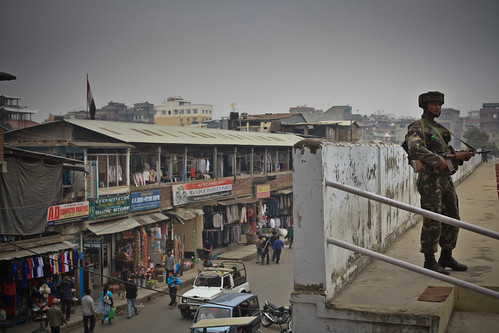UPDATE: The U.S. freed the 30 Haitian detainees from immigrant detention facilities tonight after they spent about two months behind bars.
Here we go again: one more egregious example of the discriminatory treatment of Haitians in immigration law, and another in how the drastic impact of mandatory detention devastates already traumatized people. Unlike any other nationality, US policy requires that all Haitians seeking entry into the US be detained until it is decided by immigration authorities whether they will be admitted. There are no exceptions, and the consequences of this draconian policy were illuminated in a New York Times story today reporting that at least 30 Haitians evacuated by the US government out of Haiti were immediately detained in jails upon their arrival to the US, and have remained in jail since January.
Who are these people? According to the New York Times article, none have criminal histories. Many were rescued from the rubble of the Haitian earthquake. One is 18 years-old and the sole breadwinner for his two younger brothers. But he can’t support his siblings when he is jailed in Florida. Many have relatives in the US who will provide them with shelter and care, but immigration authorities won’t release them. Apparently 33 Haitians were released this afternoon, but like so much Immigration and Customs Enforcement action lately, it seems to be related to embarrassing newspaper exposure rather than good, uniform policy.
Discrimination of any kind, including nationality, is strictly prohibited in all core international human rights instruments. For this reason alone, arriving Haitians should not be detained unless they pose a demonstrable danger to the US or flight risk. The arbitrariness of the Haitians’ detention is made clearer by the fact that the US government has halted all deportations to Haiti indefinitely. From a purely fiscal perspective, they’re not going anywhere, so why spend thousands of dollars locking Haitians up in jail when they could be working and contributing to the rebuilding of their country? Haitians arriving since the earthquake should be immediately considered for release to family, friends or other sponsors, and provided with permission to work so that they can support themselves here and their families and friends in Haiti.


 Behind the scenes, Iranian authorities have conducted a campaign to silence dissident voices —
Behind the scenes, Iranian authorities have conducted a campaign to silence dissident voices — 
